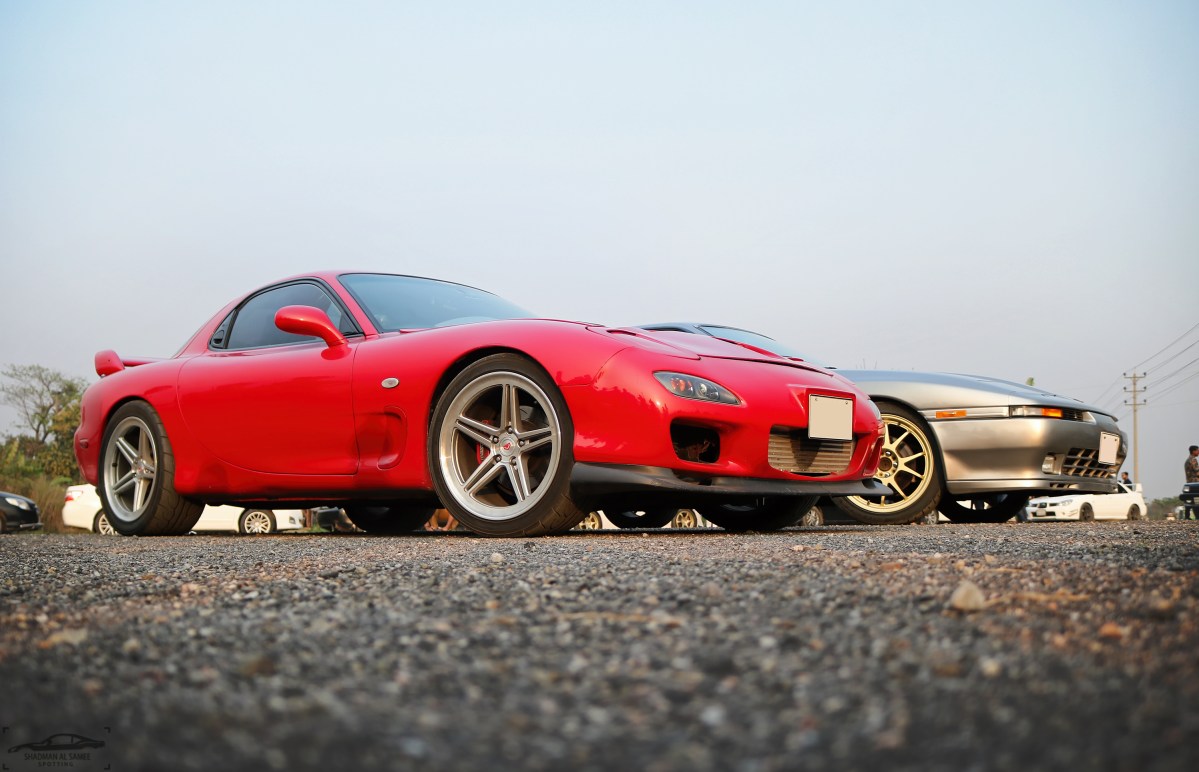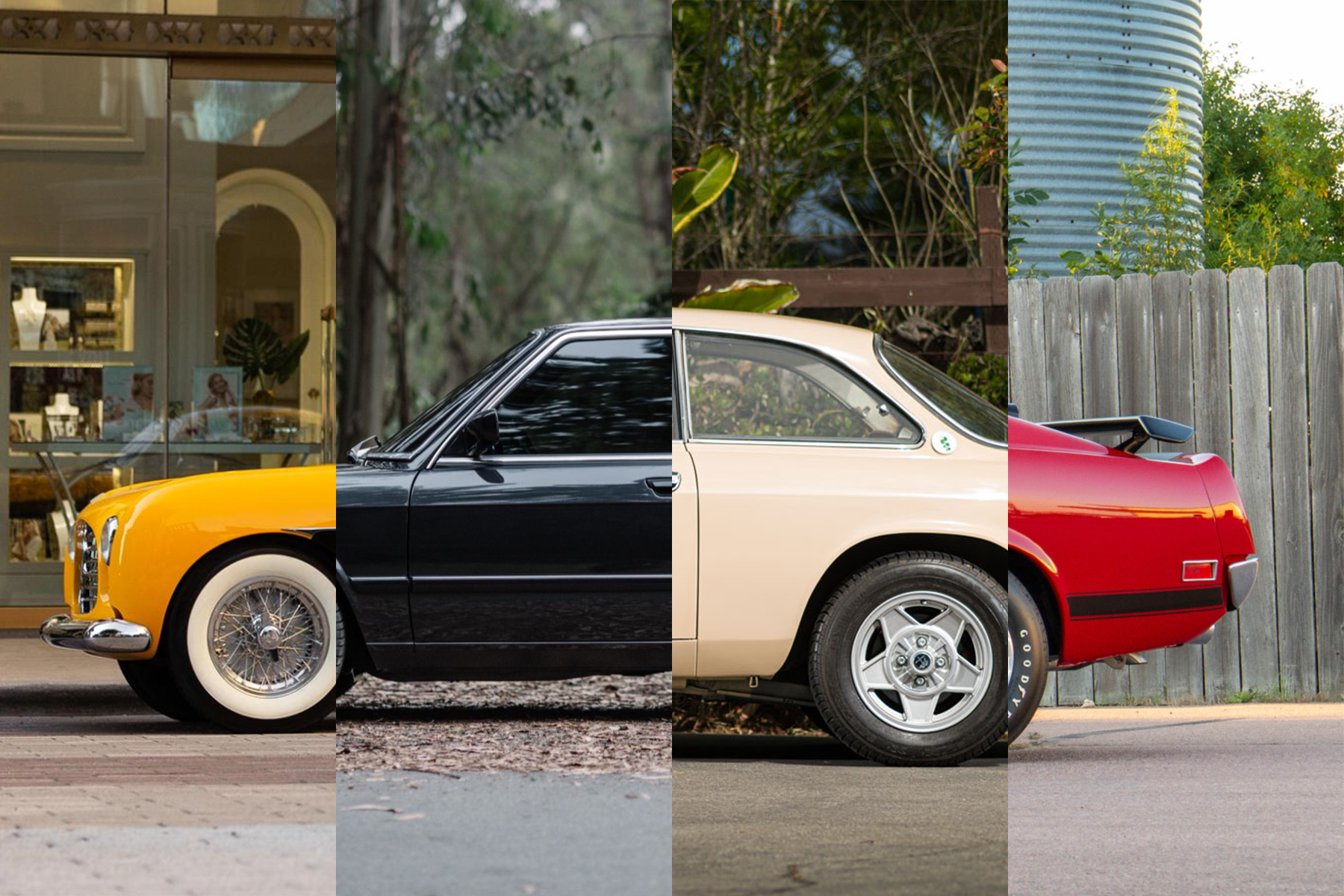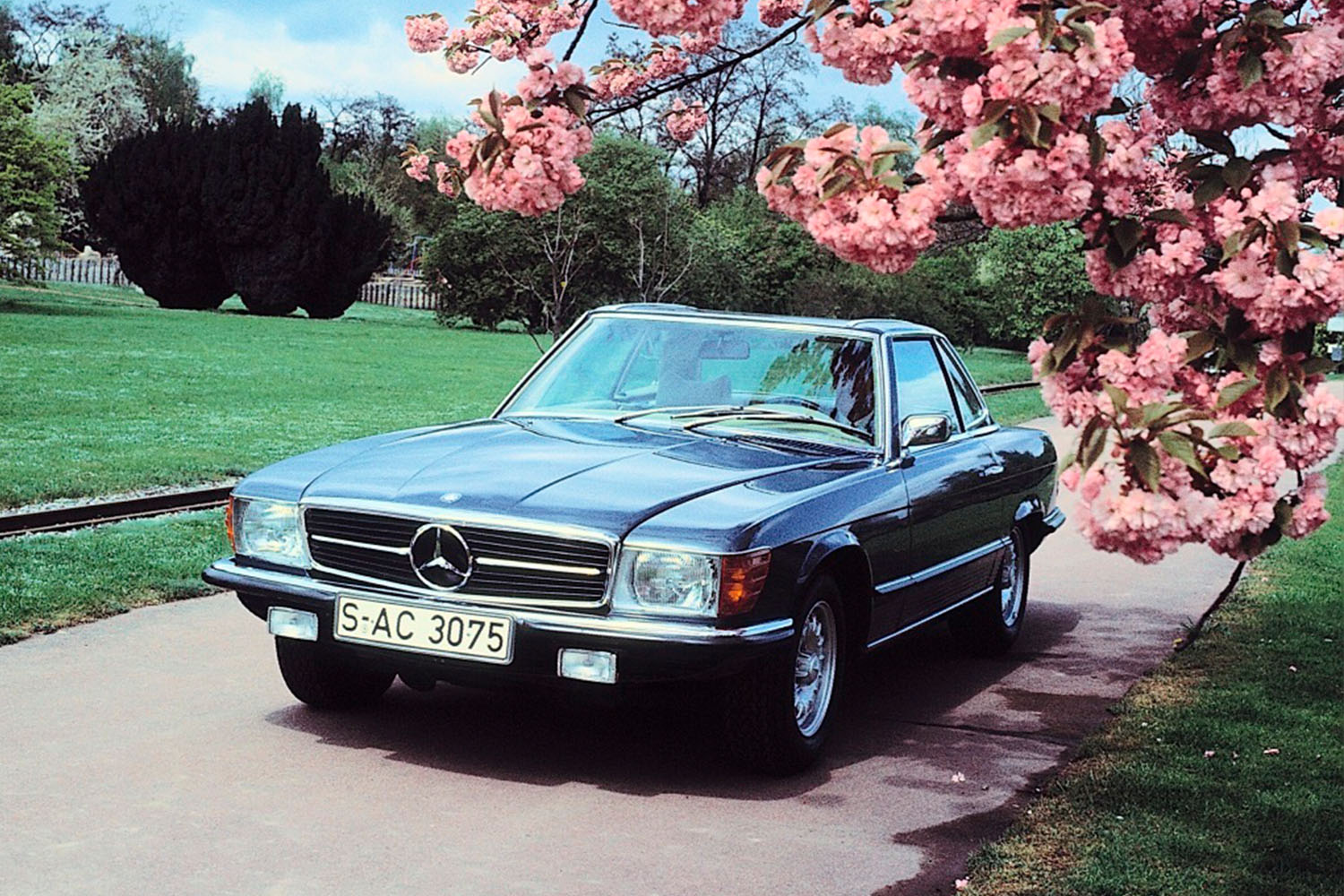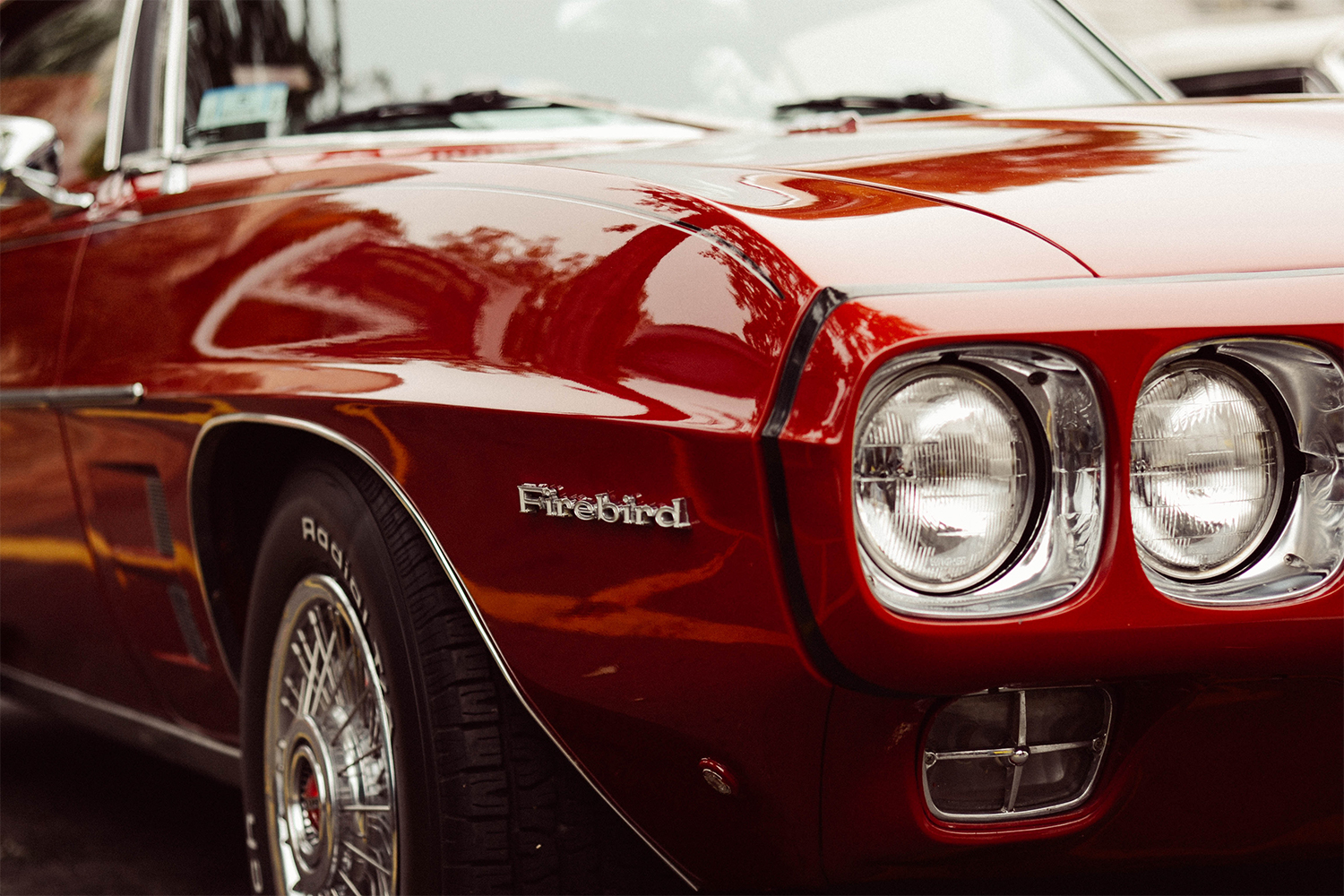To paraphrase artist Caroline Caldwell, in the increasingly polarized world of classic cars, learning to love yourself is a radical and rebellious act. After decades of being dictated to by the likes of Barrett-Jackson, Pebble Beach and deep-pocketed Boomers, an entirely new cohort of collectors has emerged to elevate an almost forgotten subset of automobiles.
With an enthusiasm that borders on the fanatical, this new breed of car lover courts the attentions of cars and trucks long ignored by the mainstream. Some of these vehicles hail from the so-called “Malaise era,” that period from early 1970s to the mid-1980s where lackluster performance, bloated styling, and questionable engineering hauled the American auto industry down from a position of global leadership. Others are drawn to “Radwood” cars, an overlapping descriptor that lumps ’80s and ’90s pop culture together with its automotive icons, fashion and music trends.
What do these two car cultures have in common? At first it might seem as though the near-fetishization of the normal is the unifying link, a willingness to celebrate vehicles not because they stand out, but rather because they do the exact opposite. This fails to take into account, however, the many high-performance models (Chevrolet Corvette ZR1, Acura NSX, Buick Grand National) and design high points (DeLorean DMC-12, W126 Mercedes-Benz S-Class, Mazda RX-7 FD) that interweave the two time periods.
Instead, it’s more revealing to view the Radwood and Malaise phenomenon not through a lens that ranks vehicles using the traditional concours criteria or auction evaluation catalogue, but rather by examining the energy that draws increasingly larger numbers of owners and fans.
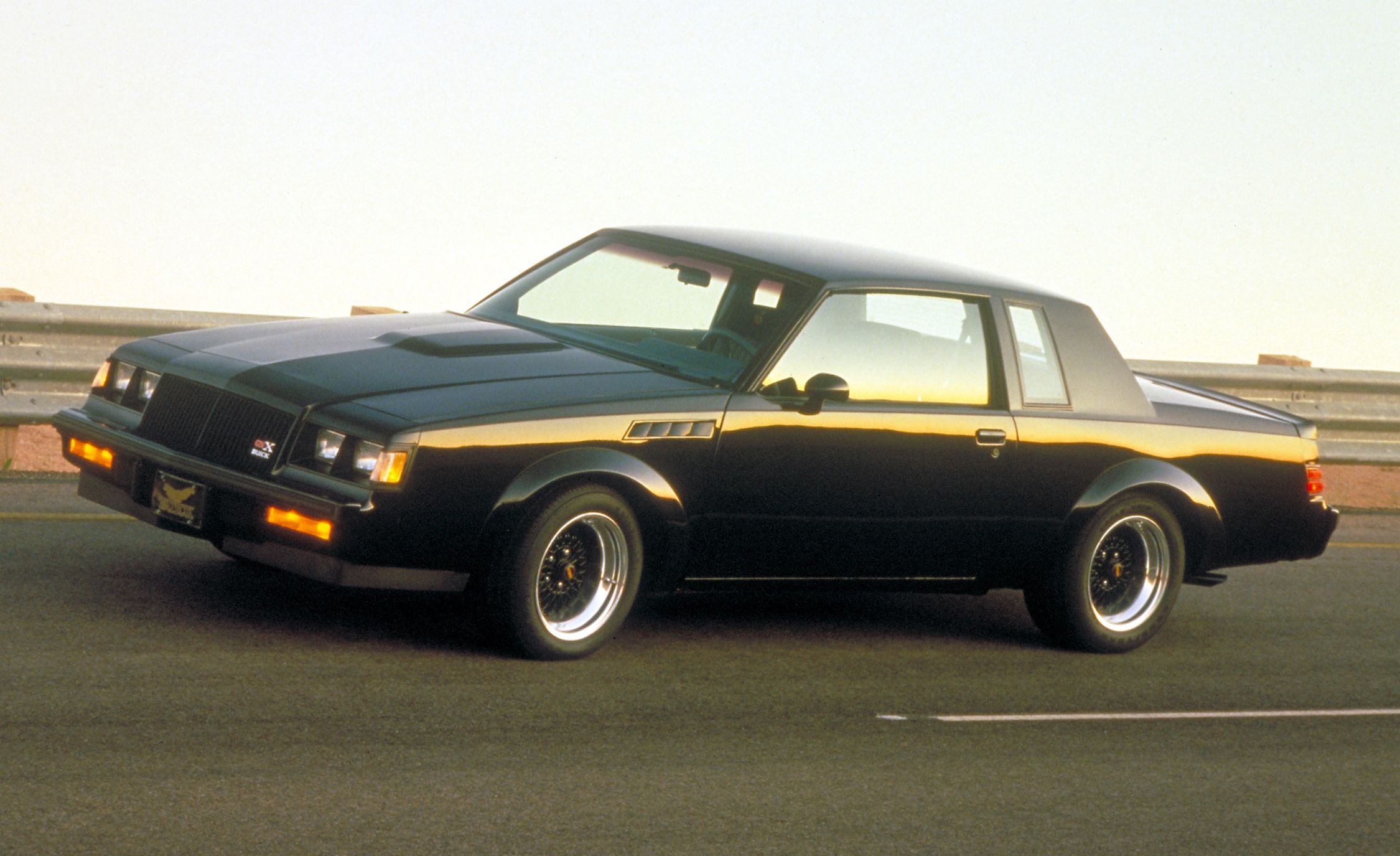
Breaking With The Past
That radical act mentioned earlier, of loving what you’ve got rather than pining for what an increasingly distant group of outsiders has identified as aspirational, defines much of the shared aesthetic between these two surging sections of the hobby. The adoration of these often simple and abundant cars and trucks stands in stark contrast to the gated communities erected around pricier parts of the collector hobby, which are typically populated by older owners more interested in investment potential than firsthand enjoyment of their vehicles.
As the transition from old cars to collector’s items to assets held in exchange-traded investment funds has swept over the secondhand car market, the rising tide of prices has become a barrier for anyone unwilling — or unable — to pay six-figure sums for the ’60s-era muscle cars and ’50s-style hot rods and customs that have come to dominate the auction block. And those pre-war Duesenbergs and Cords littering the fairways and greens populated by bluebloods from either coast? Even more out of reach.
It’s here that the reactionary aspect of the Malaise era love-in becomes apparent. When Jalopnik writer Murilee Martin began using the term nearly a decade ago to describe cars loosely associated with Carter’s much-maligned presidency, they were just beginning to attract attention from hobbyists priced out of the Boomer bubble.
Here were vehicles recognizably different from modern machines, affordably priced and relatively simple to repair. Politically, their modest performance and aspirations were also a perfect foil to the excess that was churning through the seemingly endless series of cable television car-restoration programs that manufactured as much drama as they did parts, and which had just begun to blossom up and down the dial.
Radwood’s origins are even more culturally specific than the motivations behind Malaise. Just as the classic muscle-car market was driven by the nostalgia from owners seeking to recapture their youth — or at the very least, an idealized version thereof — so too did Radwood embrace automobiles that had punctuated the childhoods and teenage years of its adherents. Whether these cars had been exotic posters on the wall or more mundane parental loaners used to pass their driver’s license test, the embrace of ’80s imagery (synthwave, new wave, Member’s Only jackets, mustaches) and ’90s motifs (neon colors, early hip-hop, JDM metal) dovetailed perfectly with a group of car fans seeking something they could call their own.
Further reinforcing their popularity with younger enthusiasts is the fact that Radwood-era vehicles are advanced enough to be far more reliable than Malaise or more traditional collector vehicles, making them much easier to enjoy on a daily basis by owners more interested in driving than tinkering or hunting down hard-to-find parts. The inclusion of Japanese automakers under the Radwood banner also welcomes a group of fans who have historically been ignored or alienated by the collector-car hobby. One only has to walk the rows at any of the well-attended and regularly hosted Radwood events across the country to count the United Nations of automobiles represented there.

Writing a New History
Both Radwood and and Malaise Days had their first major shows in 2017, and offer a car culture “safe space” that has long been missing from the classic automotive world. Given the unpretentious nature of the objects of their respective affections, the kind of snobbery endemic to certain strata of the collector world is almost entirely absent here. You’re as likely to find fans geeking out over a lowly Geo Metro econobox as they are a lowered Ferrari Testarossa, because their shared cultural currency transcends the currency of their owners’ bank accounts, instead reflecting a common passion for a specific sliver of automotive and pop-culture history.
Top-down cultural control can only last so long before the beachhead is retaken by the next generation. Is it any surprise that the future of classic car collecting has taken a hard left turn away from the received knowledge imparted by the monied adherents of what came before it?
Rejection as rebellion can only succeed if the movement in question is able to define itself not just by what it is not, but rather through embracing the values it claims as its own. In the case of Malaise and Radwood, it’s clear that driver inclusivity has replaced exclusivity as the motivating force behind acceptance into the new car culture.
This article was featured in the InsideHook newsletter. Sign up now.
